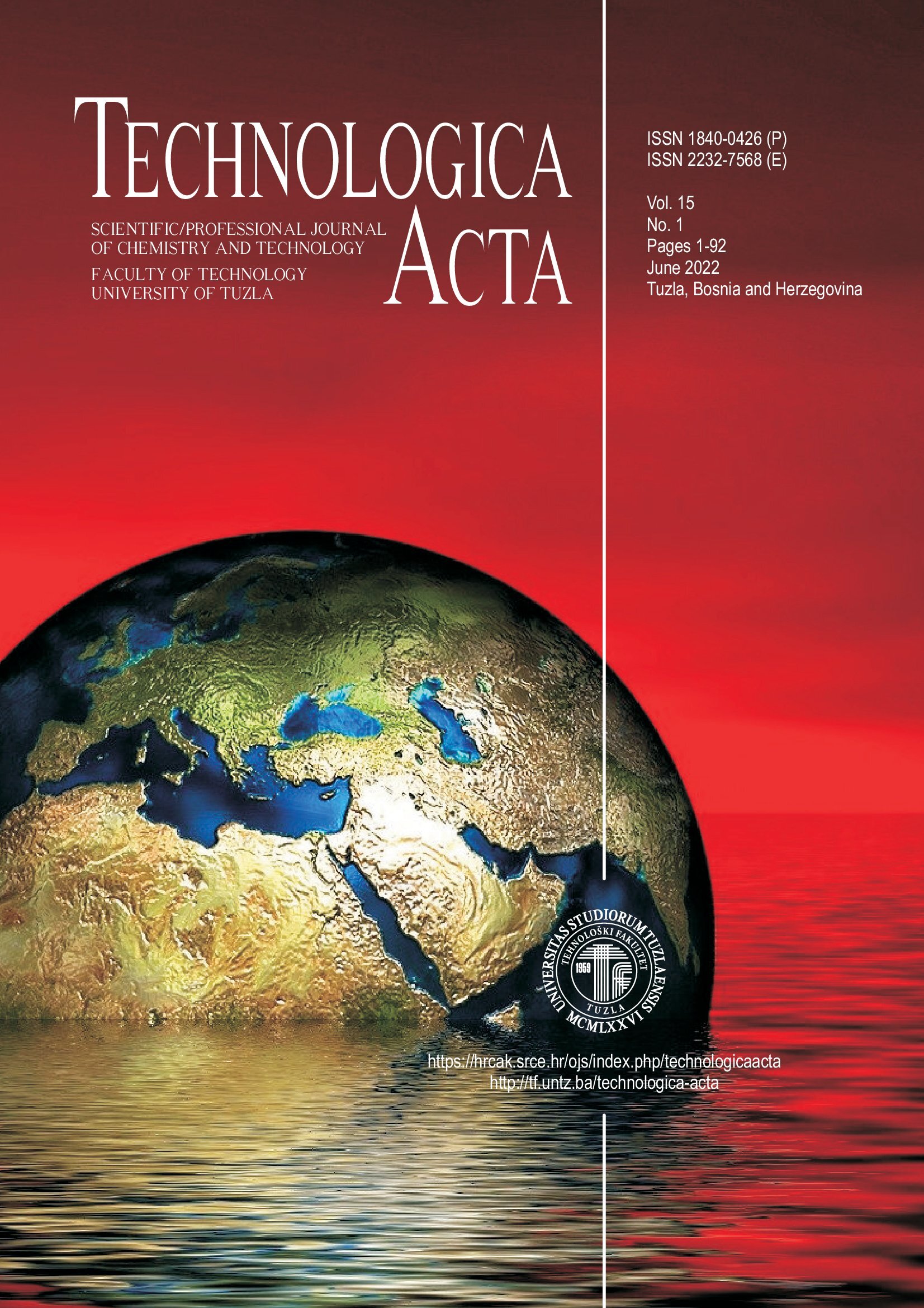Buckwheat in the nutrition of cock laying as a factor of egg quality
Keywords:
Buckwheat, Laying hens, Quality, EggsAbstract
The subject of this paper is the research of the influence of different ratios of buckwheat, in concentrated feed, on the qualitative values of laying hen eggs. The study was conducted in four groups of laying hens: one control and three experimental, which were formed with respect to different proportions of buckwheat in meals. Within the first group of laying hens, a concentrated feed mixture with 10% relative share of buckwheat was used, within the second group with 20% relative share of buckwheat and within the third group with 30% relative share of buckwheat, while in the control group standard concentrated food was used. Based on the conducted research, it can be concluded that buckwheat in the meal of laying hens has positive effects on quality, physical properties, sensory properties and frequency of carrying. It was shown that there are statistically significant differences in mean values for the following variables: protein content in egg white, protein content in egg yolk (%), fat content in egg yolk (%), where the highest value was recorded in the third group of laying hens. Also, statistically significant differences were found in terms of shell weight (g), shell thickness (mm), yolk diameter (mm) and egg white pH. The highest average frequency of egg laying was found in the first group and the lowest average frequency of egg laying was in the control group. The general conclusion is that buckwheat can be used in poultry feed, because it has a much greater positive than negative effect on the production and quality characteristics of eggs for consumption.
Downloads
Published
Issue
Section
License
Copyright (c) 2022 Amir Hasić, Amir Zenunović, Jelena Nikitović, Toni Babić, Emir Mujić, Husein Vilić, Refik Šahinović

This work is licensed under a Creative Commons Attribution 4.0 International License.


